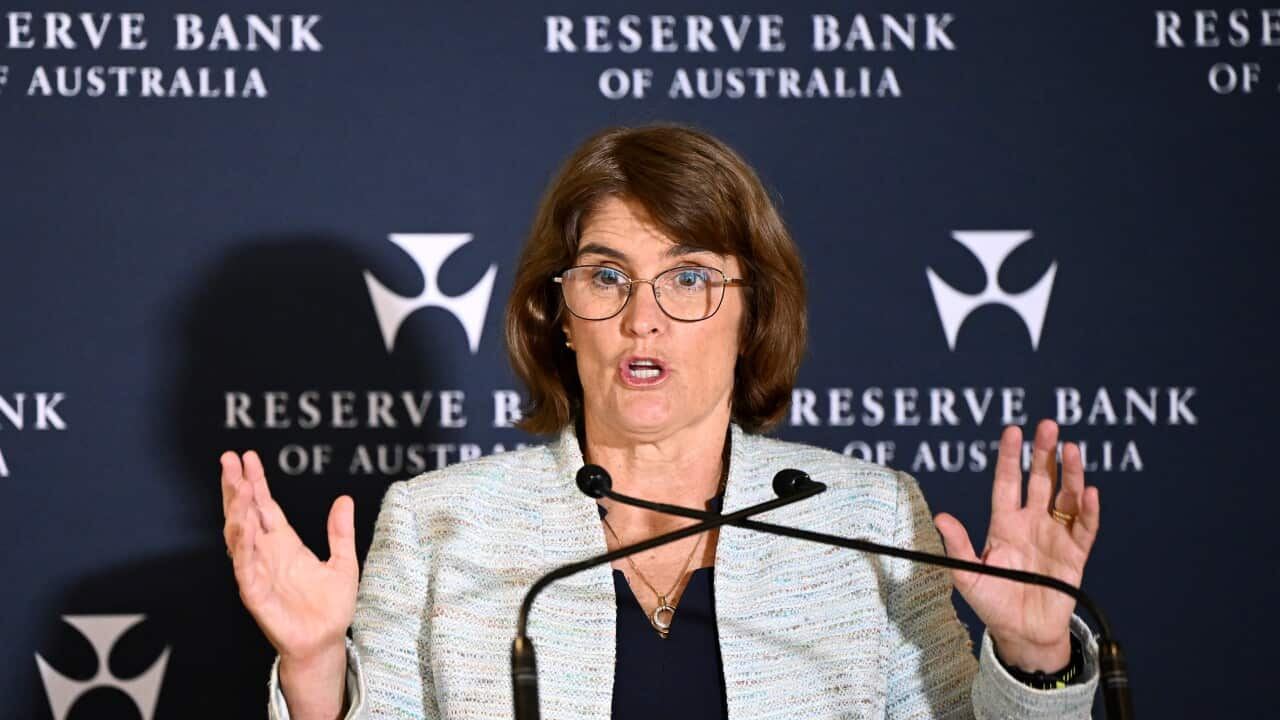Australia's headline inflation rate has bumped higher to 2.3 per cent in November, up from 2.1 per cent in October.
The background: The headline figure was broadly expected to shift higher to 2.2 per cent in the official monthly readout from the Australian Bureau of Statistics.
ABS head of prices statistics Michelle Marquardt said the rise in annual headline inflation in part reflected the timing of government energy subsidies.
Progress was logged on all-important underlying measures, with the trimmed mean measure sinking to 3.2 per cent in November from 3.5 per cent.
The key quote: "Annual trimmed mean inflation remains higher than consumer price index inflation as it removed large price falls for electricity and automotive fuel." — Michelle Marquardt, ABS head of prices statistics.
What else to know: The Reserve Bank of Australia has been putting more emphasis on underlying inflation measures as they are better insulated from volatility and temporary price changes from the likes of power bill relief.
While the annual headline inflation rate has held between the RBA's 2 to 3 per cent target band since August, the central bank has been cautious about cutting interest rates.
A rate cut in February remains on the cards, but most economists say underlying price measures will need to undershoot the RBA's own forecasts for easing to start next month.










